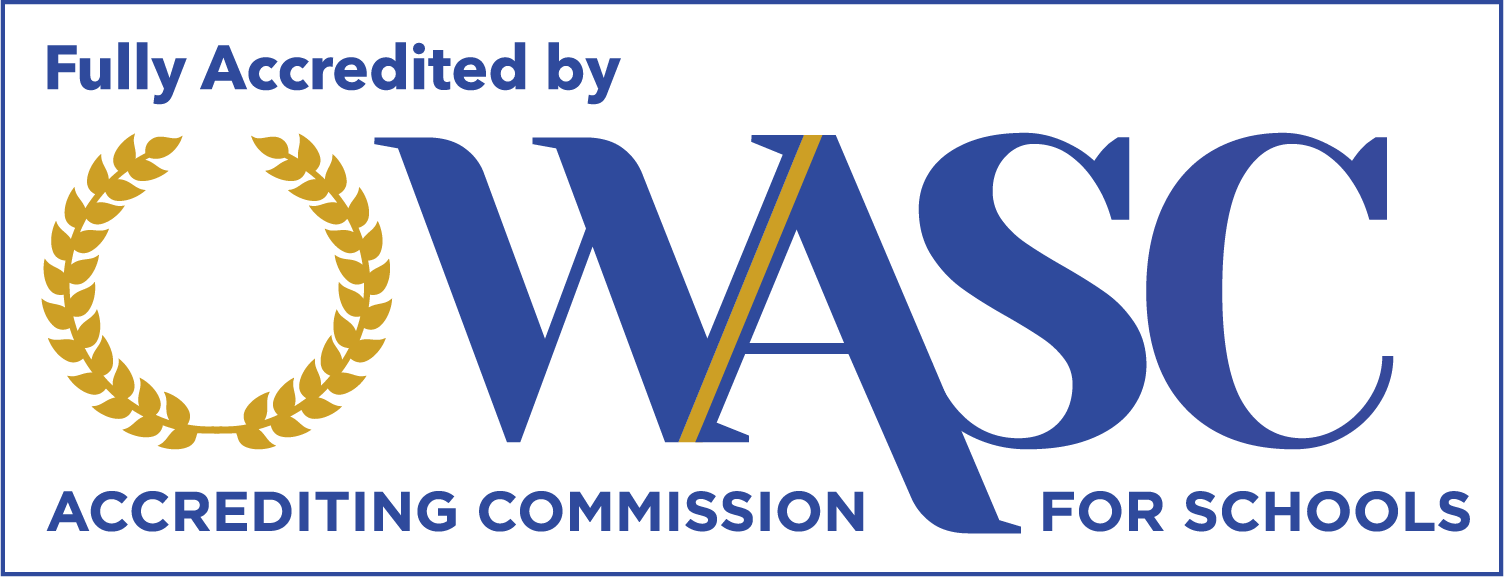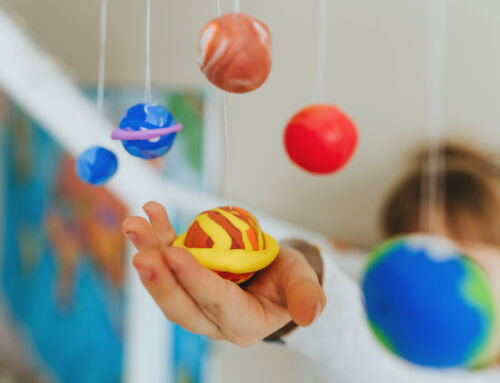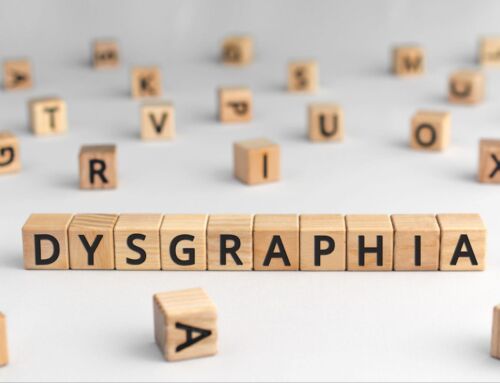Multisensory Learning Techniques for Dysgraphia: READ Academy, Dysgraphia Support in Sacramento
Students with dysgraphia often struggle with handwriting, spelling, and translating their thoughts into written form. At READ Academy in Sacramento, we provide specialized dysgraphia support grounded in multisensory learning techniques. Our approach helps students overcome handwriting challenges and gain confidence in their writing abilities by engaging visual, auditory, tactile, and kinesthetic senses.
Understanding Dysgraphia and Its Impact
Dysgraphia is a neurological condition that impairs a person’s ability to write effectively. It affects spelling, the physical act of writing, and the organization of thoughts on paper. Without proper intervention, students may experience frustration, anxiety, and decreased academic performance. At READ Academy, we tailor our approach to meet each student’s unique needs, ensuring they receive the support necessary to thrive.
The Power of Multisensory Learning
Multisensory learning integrates visual, auditory, tactile, and kinesthetic elements into the learning process. This method enhances memory and understanding by engaging multiple pathways in the brain, making learning more effective and enjoyable for students with dysgraphia.
Visual Inputs
- Color-Coded Writing Guides: These guides help students see the correct letter shapes and spacing.
- Highlighted Paper: Visual cues assist in maintaining proper alignment and structure.
Auditory Reinforcement
- Verbal Cues: Students say letters and sounds aloud while writing to reinforce memory.
- Rhythmic Chanting: Rhythmic patterns aid in letter formation and spelling retention.
Tactile Engagement
- Tracing Letters: Textured materials like sand or shaving cream allow students to “feel” letter shapes.
- Clay Letter Formation: Molding letters with clay helps solidify muscle memory.
Kinesthetic Movement
- Air Writing: Large arm movements to form letters in the air engage muscle memory.
- Full-Body Writing Exercises: Incorporating body movements makes writing less tiring and more natural.
These multisensory methods make writing more comfortable and engaging, helping students build strong foundational skills.
Dysgraphia Support from Sacramento’s Experts
Our Reading & Writing Support services at READ Academy use research-based, multisensory techniques to help students with dysgraphia. Our educators:
- Focus on Foundational Skills:
We begin with basic letter formation, ensuring students can write letters accurately before moving on to words, sentences, and paragraphs. - Structured Literacy Methods:
Our Structured Literacy Programs explain why letters and words work as they do. By understanding the underlying logic, students become more confident writers. - Assistive Tools & Materials:
Pencil grips, slant boards, and other supports reduce strain and improve legibility, helping students master proper technique step-by-step. - Continuous Monitoring & Feedback:
We track progress regularly, adjusting strategies as needed and celebrating every milestone.
Empowering Families
Progress accelerates when families reinforce learning strategies at home. At READ Academy, we believe in partnering with parents to create an environment where these techniques become part of everyday life. Our dedicated team shares practical tips offers guidance, and communicates regularly so parents can feel confident supporting their child’s writing development beyond the classroom.
By working together—parents, instructors, and students—we form a collaborative team committed to long-term success.
Q & A: Common Questions About Dysgraphia and Multisensory Approaches
Q: How long does it take to see improvement?
A: Results vary. Some students notice changes within a few weeks of consistent practice, while others take longer. Regular sessions and practice at home speed up progress.
Q: Are multisensory techniques suitable for older students?
A: Yes. Students of all ages benefit from these approaches, as they can refine their writing skills and build confidence at any stage of their academic journey.
Q: Do I need special tools?
A: While certain tools help, everyday household items like a tray of sand or shaving cream are also excellent for reinforcing letter formation.
Our Commitment to Your Child’s Success
At READ Academy, our passion for helping students overcome their learning challenges drives everything we do. We are committed to helping your child achieve similar success. Don’t let learning differences hold your child back any longer.
Contact us today at (916) 258-2080 or schedule a private tour to learn how we can empower your child to reach their full academic potential. Together, we can unlock your child’s love for learning and set them on the path to success!
About the Author:
Leah Skinner, M.Ed., Founder of READ Academy, holds a Master of Education: Dyslexia Specialist and is a Doctoral Candidate in Reading, Literacy, and Assessment. As a passionate Certified Dyslexia Therapist and Education Advocate with over 20 years of experience and mother of five neurodiverse sons, she guides Sacramento families through every step of their educational journey, fostering confidence, independence, and lifelong academic success.




